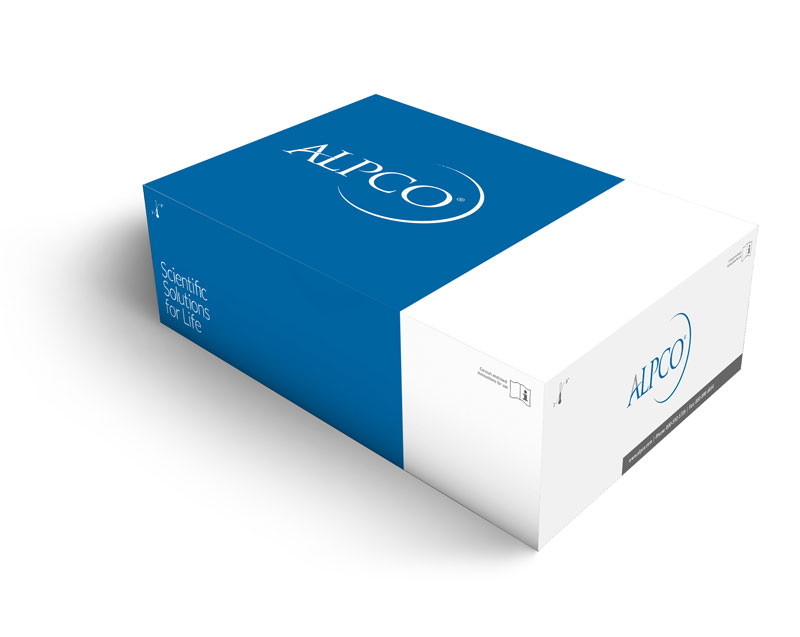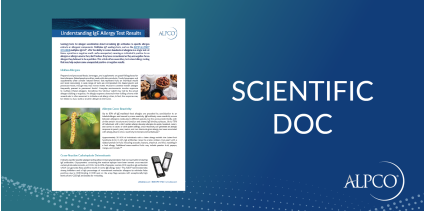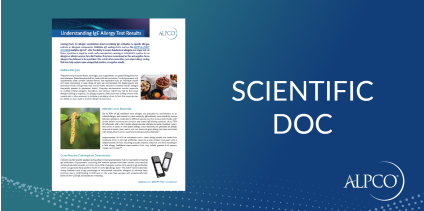Mouse/Rat Endostatin ELISA
$740.00
Catalog
04-BI-20742MR
The Mouse/Rat Endostatin ELISA is a quantitative immunoassay for the determination of mouse and rat endostatin in serum and plasma samples. Endostatin, a 20-kDa C-terminal proteolytic fragment of collagen XVIII, is an endogenous angiogenesis inhibitor localized in the vascular basement membrane in various organs. Research Use Only. Not for Use in Diagnostic Procedures.
Species
Mouse, Rat
Regulatory Status
Research Use Only. Not for Use in Diagnostic Procedures.
Product Distribution
Available in North America Only
Range
1-32 nmol/l
Sensitivity
LLOQ: 0.5 nmol/l
Sizes
96 Wells
Sample Types
Plasma, Serum
Inc Time Hour
2
Inc Time Minute
30
Inc Time Overnight
No
Inc Time See Protocol
No
Sample Size
5
Detection
Colorimetric
Endostatin, a 20-kDa C-terminal proteolytic fragment of collagen XVIII, is an endogenous angiogenesis inhibitor localized in the vascular basement membrane in various organs (http://www.uniprot.org/uniprot/P39060). The biological functions of the endostatin-network involve SPARC, thrombospondin-1, glycosaminoglycans, collagens, and integrins.
In animal studies, renal Endostatin expression preceded deteriorating kidney function and induced renal fibrosis in aging mice. In humans, Endostatin is expressed during the progression of renal fibrosis in tubular cells of injured tissue .In renal micro-vascular disease, observed in late stages of patients with chronic kidney disease, increased endostatin levels are possibly the consequence of enhanced extracellular matrix degradation. Thus endostatin may become an important marker for progressive microvascular renal disease in patients with chronic kidney disease. Endostatin levels in blood are also likely to increase in patients with other microvascular tissue injuries, including atherosclerosis, myocardial- and brain ischemia. In ischemic stroke patients, high endostatin plasma levels predict a worse long-term clinical outcome. In a cohort of critically ill patients, plasma endostatin improved AKI prediction based on clinical risk factors. Endostatin has evolved as a molecular target and is currently under investigation in clinical trials.







